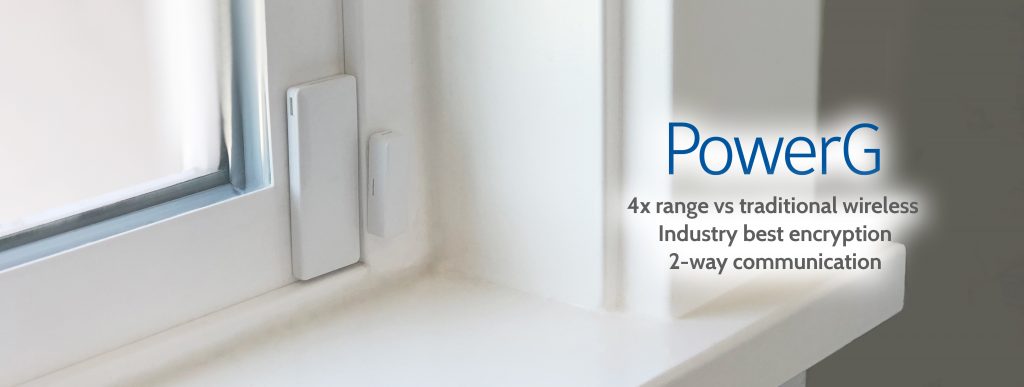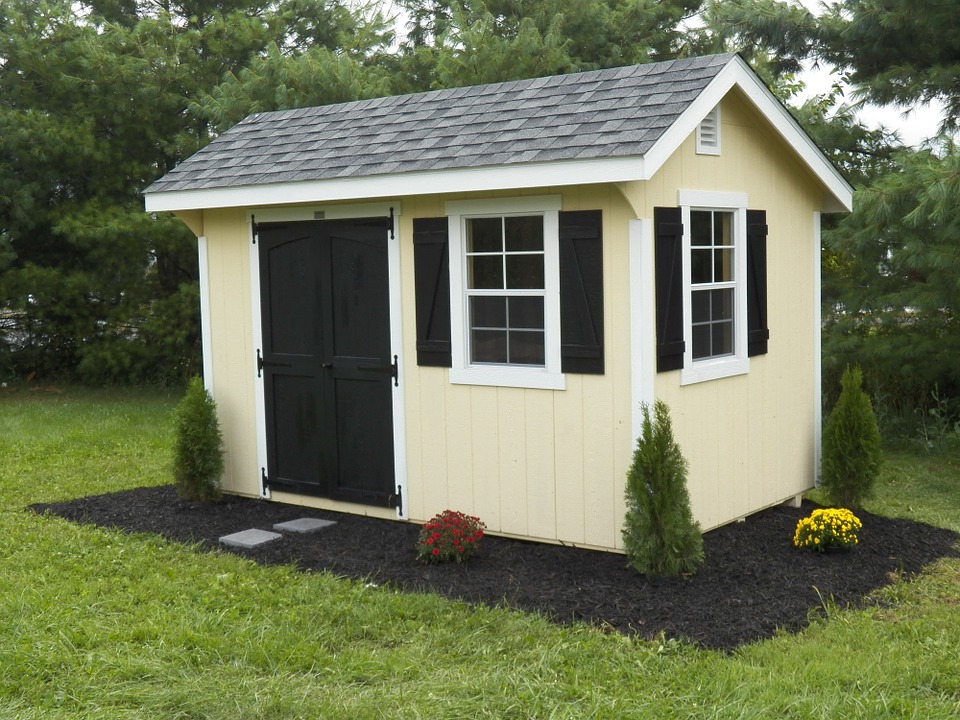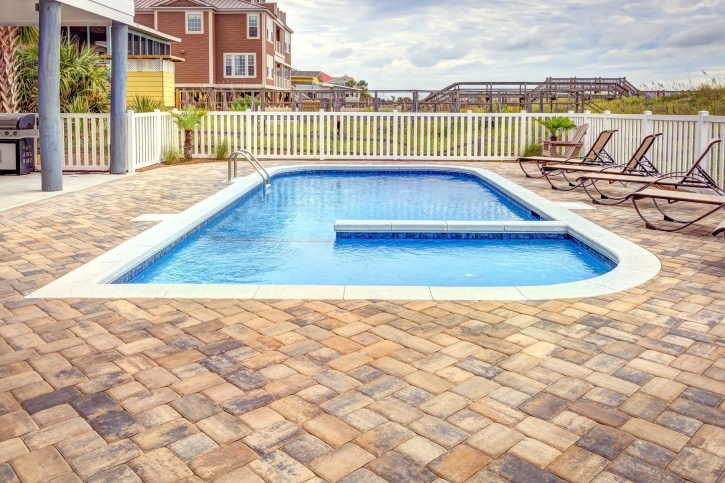Over the past several decades, the popularity of alarm systems has grown tremendously. Both home and business owners alike now regularly install alarms to monitor their homes against burglary and fire-related emergencies. Furthermore, the technology behind these systems has grown throughout the years. We often surprise customers with updates on the “latest and greatest” security system options. In this post, we will show you how recent technology advances led to added options for alarm-connected outdoor security!
We will begin by describing how this technology differs from previous alarm options. Taking full advantage of these tips requires putting together a couple different types of alarm equipment. Therefore, starting with these basics will help you understand your options. From there, we will run through a few potential applications for this security. Of course, every property has its own unique security concerns. However, the categories we’ve laid out should help you see how these ideas can help you secure your own home. Now, let’s get started with a look at the types of technology behind the tips we’re outlining in our post.
Technology that Allows for Outdoor Security
In a bit, we’ll show you how you can take advantage of the concepts that we’re sharing here. But first, we’d like to show you why you can utilize these tips in the first place. For starters, we’ll show you how alarm sensor technology itself has evolved. This evolution provides a greater variety of sensor installation options than ever before. From there, we’ll show you how to combine this technology with cutting-edge interactive cellular monitoring. Together, these factors can greatly enhance both your indoor and outdoor security. Let’s get started with a look at a new age in wireless alarm sensor technology.

DCS’s Power G series of alarm sensors allow us to install sensors further away from your alarm panel than ever before.
High-Powered Wireless Alarm Sensors
The advent of wireless alarm sensors marked a major turning point in the security industry. Previously, homeowners installed hardwired alarms with wires running to every security contact. Ideally, alarm companies had access to homes before the installation of drywall. In fact, we still occasionally “pre-wire” homes for a completely hardwired alarm system. However, installing alarms in completed houses proves both difficult and costly. Doing so involves “snaking” wires behind walls from customers’ basements up to doors and windows.
About 25 years ago, wireless alarm sensors immediately changed the industry. These sensors use radio frequencies, rather the wires, to communicate with the alarm’s main panel. Therefore, homeowners with finished homes could still install reasonably-priced alarms. However, wireless sensors still had their limitations. For a long time, these sensors had a fairly limited wireless range. Therefore, exterior garage doors had to remain unsecured. Moreover, sensors installed far from the alarm panel would also have periodic issues after installation.
The new Power G series of sensors by DSC has changed all of that. This product, and others like it, have made it possible to secure large buildings with wireless sensors. Additionally, we can install these sensors further from the panel than any sensor before it. For this reason, we use these sensors whenever possible during new alarm installations. Now, let’s look at another breakthrough that enhances the security of your alarm!
A Cellular Dialer with All the Bells and Whistles
When we created a post sharing Signs You Need a Security Upgrade, we mentioned the fact that most systems we install now utilize interactive cellular monitoring. Our cellular dialer powered by Alarm.com provides this unique service. Interactive monitoring allows customers to control their alarm remotely using the Alarm.com app. Furthermore, it also provides customers with the ability to receive text alerts based on alarm activity. So what does this have to do with adding outdoor security? Well, more than you may think!

Long-range wireless sensors allow homeowners to secure areas of their home and yard that were previously out of wireless range, such as detached sheds and garages.
Homeowners use Alarm.com alerts to stay informed about any type of alarm activity they wish to know about. For example, alarm activations and system arming and disarming events make popular notifications. Furthermore, Alarm.com customers can receive alerts for certain doors opening and closing as well. They can receive these alerts even when the system is not armed! This means that sensors installed outdoors can create notifications to alert homeowners to activity around the home at all time. In the next few sections, we’ll look at how this combination of security sensors and instant alerts can improve your home’s overall security. Let’s take a look at some areas around your home worth securing!
Detached Garages and Sheds
Homeowners have often found themselves disappointed when they hear they cannot secure their garages and sheds. However, the advent of the groundbreaking wireless sensors described earlier have erased this worry. Now, we frequently install contacts on exterior garage doors. In turn, these contacts help secure cars and machinery housed in garages. Some thieves do their work solely in garages without ever entering a home. Now, we can secure these areas with your existing home security system. The same goes for sheds that house power tools, bikes, and other possessions worth securing. Next, let’s look at how adding sensors on exterior fences can increase outdoor security.
Fence Gates that Border Your Property
Most people do not consider their fence gates as particularly vulnerable areas. This especially rings true for homeowners who simply install fencing for privacy. However, many homeowners install fences for the benefit of their pets. Fenced-in yards allow dogs to roam without homeowners having to keep their eyes peeled for an overzealous pet attempting to escape. In these cases, a gate popping open or remaining open after someone leaves can spell danger. For this reason, we recommend that homeowners secure their exterior fence gates with security sensors if possible.
This type of installation makes an ideal application to create an Alarm.com alert to notify you when your fence opens. Additionally, you can also look at your Alarm.com app at any time to check on a sensor’s “open/close” status. Therefore, you can always give your phone a quick check before letting your dog out to make sure it’s safe. Let’s take a look at another outdoor location around your house that warrants additional security.

Receiving an alert when someone opens a door onto a pool deck, or even the pool gate itself, can add a tremendous amount of pool security.
Swinging Doors on Pool Gates
We wrote an entire post solely on Creating Pool Security a couple years back. After all, pools can create a drowning hazard for families with children. For this reason, pools deserve extra attention. Homeowners often put door sensors on pool gates to help them track access to their pools. Furthermore, they create Alarm.com alerts for these gates as well as for any doors that people could use to access the pool or pool toys. Therefore, contacting and creating activity alerts for back doors and sheds near pools also adds security. The ability to receive an alert anytime someone approaches your pool also creates peace of mind. Following the advice in this section can make it very difficult for anyone to “sneak” in unattended and swim in your pool.
Putting it All Together to Maximize Your Outdoor Security
We hope that this post helps you create additional outdoor security on your own property. Please do not hesitate to contact us with any questions you may have. Adding security to the outside of your home can be just as important as securing your home’s interior. Therefore, we recommend taking advantage of our free site survey program to allow us to help you take advantage of these security tips. While on site, we can help you address any concerns you may have. Furthermore, we can make our own security suggestions based on our observations during our visit. Together, we can create a plan for both indoor and outdoor security to keep you as safe and secure as possible!
